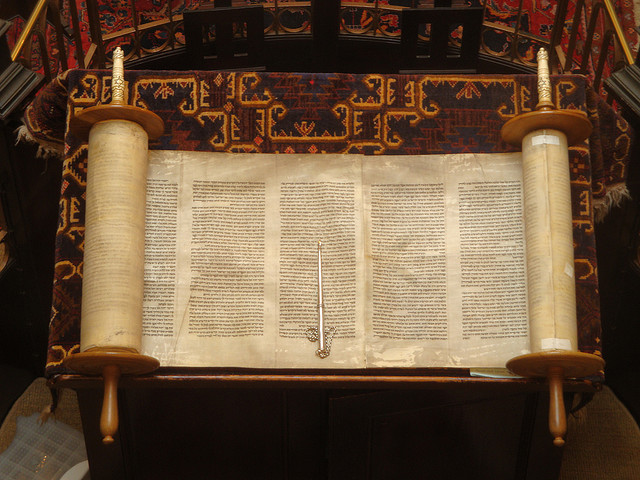Orthodox vs Reform Judaism
Judaism has experienced various interpretations of its traditions throughout history, resulting in different branches of the religion. Two of the most prominent branches, Orthodox and Reform Judaism, offer contrasting perspectives on Jewish identity. Orthodox Judaism is considered more traditional and strict, while Reform Judaism, originating in the 19th century, aims to modernize the religion. This article explains the differences between Orthodox and Reform Judaism.
What is Orthodox Judaism?
Orthodox Jews view the Bible as God’s book and believe that the Torah is the oral communication between God and Moses on Mount Sinai over two thousand years ago. This communication forms the basis of Orthodox Judaism, with many Jewish traditions and customs based upon the Torahs. Orthodox Judaism has been followed for more than two thousand years, and according to this branch, the oral traditions received by Moses from God at Mount Sinai in 1312 BC have been passed down through generations as sacred and God’s own words.
What is Reform Judaism?
Reform Judaism, which is prevalent in the United Kingdom, North America, and other regions, believes that the religion and its traditions should be modernized according to the surrounding culture. Reform Judaism does not believe in the divinity of the Torahs, considering them to be human creations. It also does not regard sacred texts as sacrosanct and has devalued them significantly. The reform movement was initiated by Moses Mendelssohn in the 18th century. Although he never publicly rejected the Torahs or questioned the divinity of oral traditions, four out of his six children converted to Christianity. One of his most prominent students, David Friedlander, sought permission to convert to Christianity but began reforming Judaism when his application for conversion was rejected. The Reform group declared that the Torah and the Talmud are not divine texts, and they also refused to believe that the Bible is God’s work. Thus, Reform Judaism is the first group in 3100 years of Judaism to deny the divine origin of the Torahs. It also rejected Mesorah. The reform movement has continued since the 18th century and spread to America in 1850 when Isaac Myer Wise declared that he did not believe in the Messiah or the resurrection of the body.
Key Takeaways
- Orthodox Jews strictly believe in the Torahs, the Bible, and in the concepts of the Messiah, a savior yet to come.
- Reform Judaism, although revering the writings of sages throughout the ages, does not believe in the divinity of the Torahs and other texts and does not consider them infallible.
- Orthodox Judaism is conservative and strict in its approach, while Reform Judaism is progressive and liberal in its approach.
Both Orthodox and Reform Judaism fall under the same religion but are increasingly distancing themselves from each other in many aspects. This schism is likely to widen in the coming years.
